- Destinations
- Travel Styles
- About Us
- Contacts
- Destinations
- Travel Styles
- About Us
In 2020, Laura Giannini and her family planned a trip to Vietnam, but unfortunately, due to the Covid-19 pandemic, they had to postpone their journey. Two years later, they still longed to visit and discover the spectacular and enchanting landscapes and meet the legendary hospitable people. As soon as the borders reopened in March 2022, they quickly rescheduled their stay and were our first clients to visit after Covid.
If you are looking for travel ideas in Vietnam or simply want to know what to do and see in Vietnam in 3 weeks, follow the footsteps of our dear travelers!
.jpg)
Laura Giannini - This was my first trip to Vietnam, so I wanted to visit as much of this country as possible. This wonderful dragon-shaped country is vast and requires a long exploration to truly absorb the essence of Vietnam and its unique and diverse regions. According to my research, discovering Vietnam from North to South requires 2 to 3 weeks on-site, and there are several reasons why I recommend traveling for 3 weeks in Vietnam.
Staying in Vietnam for 3 weeks allows you to explore rich and varied landscapes, worthy of the most beautiful postcards, that you won’t see anywhere else: a sunset tickling the ghostly rocks of Halong Bay, the hand-crafted terraced rice fields of Sapa, the traditional wooden stilt houses of Ha Giang, the stunning nature of Dong Van, and the verdant and fruitful Mekong Delta.
.jpg)
Staying in Vietnam for 3 weeks means discovering an incredibly rich and fascinating culture, very different from our Western lifestyle. Vietnam’s history is captivating; it permeates through the people who love to share it, through cities like Hanoi, Saigon, and Hue, and through some of Southeast Asia's most beautiful cultural sites, such as the Unesco-listed archaeological site of My Son.
Staying in Vietnam for 3 weeks means enjoying delicious, surprising, and generous cuisine, found on every street corner, that excites the taste buds and our curiosity. Finally, traveling in Vietnam means meeting hospitable people who are proud of their traditions and culture, enriched by 54 ethnic minorities fiercely attached to their ancestral customs.
I traveled for 3 weeks with Kampá Tour, a local travel agency that hosts private tours based in Hanoi, and I can say they crafted a rich and complete program that perfectly matched my budget and travel desires.
From my first exchanges with the travel advisor at Kampá Tour, I emphasized that I wanted an itinerary that would allow me to discover all the must-see sites and also venture off the beaten path. My advisor, who was always attentive, perfectly met my expectations.
Here is the 3-week Vietnam itinerary proposed by the agency to discover Vietnam from north to south:
.jpg)
What I Loved During This Trip:
.jpg)
>>> If you’re unsure which itinerary suits you best: The Best Itineraries to Visit Vietnam in 3 Weeks
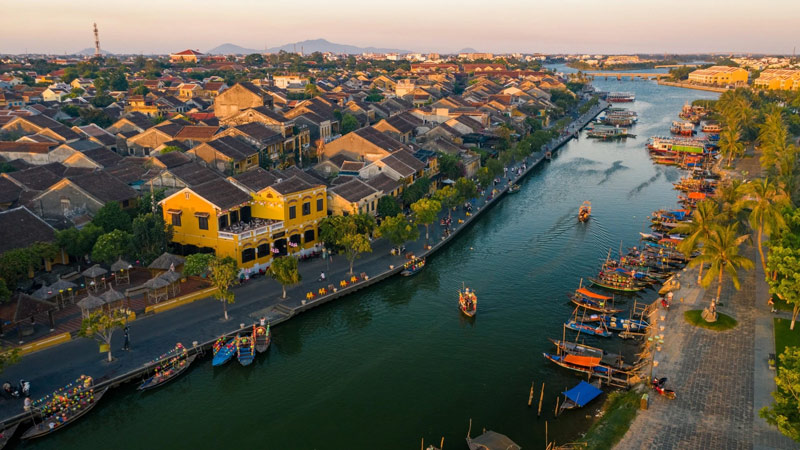
Without further ado, let me detail my 3-week Vietnam itinerary by sharing everything I visited and did during my trip to Vietnam…
After a long flight from England, I arrived in Hanoi. I couldn’t miss visiting the cultural and political capital of Vietnam. I enjoyed getting lost in the narrow alleys of the Old Quarter, finding artisanal shops with unusual items, tasting street food on tiny plastic stools, and marveling at the endless flow of scooters.
.jpg)
Hoan Kiem Lake was incredibly poetic day and night, and I adored it! This place is made more romantic by its weeping trees and the Buddhist Jade Mountain Temple, which is reachable via a charming red bridge. There is nothing like the peace and quiet that this sanctuary in the middle of the capital evokes!
Hanoi's historical finding was very fascinating. My favorites are the superb Ethnology Museum, which showcases the remarkable diversity of minority ethnic groups in Vietnam, and the Temple of Literature, which bears evidence to the significance of Confucianism throughout the feudal era. Being the global hub for street food, I couldn't help but sample Hanoi's renowned street food—it's surprisingly good!
Off we went for an excursion to Sapa, famous for its terraced rice fields and ethnic groups! I traveled there by private car and arrived around noon. With my English-speaking guide, we set out in the afternoon to explore the beautiful Muong Hoa Valley on foot.
.jpg)
What a hike! I marveled at how exquisitely the mountains are sculpted by the terraced rice fields. I encountered several mountain ethnic groups while hiking, such as Hmong and Dao women wearing traditional attire. I was able to connect with them and see how talented they are at needlework with the assistance of my guide. We strolled to a quaint little Red Dao ethnic village where we were invited to stay the night in the lovely traditional wooden stilt house of a cute family. During our delicious supper together, I discovered more about their everyday routine.
>>>> Explore: Hmong New Year in Northern Vietnam and Laos
.jpg)
The next morning we left our hosts, took the car to Bac Ha, a mountain town located 3 hours from Sapa. To be honest, Bac Ha’s landscapes are not as spectacular as those of Sapa, but this region is quieter because it is less visited. Upon arrival, I settled in with a very friendly host family for a rest before starting the afternoon walks around Bac Ha through terraced rice fields and cornfields.
Bac Ha attracts tourists not only with its peaceful landscapes but especially with its unique ethnic markets. During my 3-week trip to Vietnam, I had the opportunity to explore the extraordinary Saturday morning ethnic market. What a spectacle! It’s a real festival of colors and scents, majestically dominated by the flamboyant costumes of the Flower Hmong women. For me, it’s the best way to discover the diversity and richness of the ethnic peoples.
.jpg)
From Bac Ha, we headed east to Ha Giang province, home to some of the most spectacular landscapes in northern Vietnam. I decided to stay in Hoang Su Phi instead of Ha Giang city for more authentic experiences, and the hikes in Hoang Su Phi left strong impressions on me. This region is renowned for its particularly stunning terraced rice fields, which I found more impressive than those in Sapa.
As this is the unspoiled area of Ha Giang province, I was able to do real off-the-beaten-path hikes amidst fascinating landscapes through ethnic villages of the Flower Hmong, Dzao, Nung, La Chi… nestled at the foot of Tay Con Linh. These hikes provided warm encounters with the always smiling and welcoming locals. I returned to Hanoi with travel memories full of adventures!
>>>>> Discover: 7 Amazing Places to Catch Stunning Rice Fields in Vietnam!
.jpg)
No more hikes, no more serpentine mountain roads; I continued my exploration of the North with a nature escape to the Terrestrial Halong Bay (so called because its rocks resemble those of Halong Bay). I went to Tam Coc for a relaxing boat ride. The setting is breathtaking. You sail along a calm river, surrounded by huge rocks covered with tropical vegetation and beautiful green rice fields.
.jpg)
After this delightful ride, I hopped on my bike and followed my guide through the dazzling countryside of Tam Coc. I was amazed by the serene countryside between rice fields, rivers, and impressive karst formations. I climbed to the top of Hang Mua Peak to enjoy a breathtaking panoramic view of one of Southeast Asia’s most spectacular landscapes, listed as a Unesco World Heritage site. Through superb little paths, my guide led me to Hoa Lu to discover the remains of the ancient royal capital. A full day ended with a delicious dinner featuring local specialties like grilled rice and lemongrass goat meat.
I confess that the cruise in Halong Bay was the most anticipated visit, especially after a week in the mountains. I greatly appreciated the advice from Kampá Tour, as they suggested a cruise in Lan Ha Bay, the little sister of Halong Bay, which is less touristy. I was absolutely not disappointed; the landscapes are just magical. You must see this once in your life!
.jpg)
Lan Ha Bay consists of thousands of rocks covered with vegetation and immersed in the water. It’s an incredible panorama, especially at sunrise and sunset with splendid colors! I enjoyed kayaking to get closer to the rocks and visiting a very old cave with spectacular stalactites and stalagmites. Finally, the meals prepared by the crew were exquisite, especially those with fish and seafood. This cruise was one of my best travel memories!
After thoroughly exploring northern Vietnam, I continued my journey by discovering the central part of the country. My first stop was Phong Nha National Park, home to the most remarkable caves in Southeast Asia.
.jpg)
Recognized as a Unesco natural heritage site, I was impressed by the grandeur and serenity of the caves in Phong Nha and Thien Duong (Paradise Cave) National Park. Their gigantic stalactites and stalagmites make these caves even more mysterious. It was incredible; I felt like I was walking on a lunar landscape, born out of primordial chaos!
The visit to Hue, the ancient and last royal capital of the Nguyen lords, allowed me to better understand the history of my native country. Accompanied by my guide, I visited the ancient royal citadel, the seat of imperial power, by cyclo, then embarked on a dragon boat to sail on the poetic Perfume River, which flows through Hue. This delightful cruise allowed me to discover some of the majestic royal tombs, which rival in architectural elegance and harmony with the beautiful nature that surrounds each one.
>>>> Is Hue or Hoi An the Better Choice for Your Trip?
.jpg)
In the evening, I took a street food tour with my guide, where I could appreciate the extent of Hue’s culinary richness, known as one of the most subtle in Vietnam.
Without visiting this beautiful city, my three-week journey to Vietnam would not have been successful. Exploring Hoi An's old town, a Unesco World Heritage site, and all of its amazing historical and cultural riches took up my first day. Hoi An is a historic, affluent port city that thrived for five centuries along the maritime silk route. It is distinguished by its numerous wooden mansions that date back centuries and were owned by European, Chinese, and Japanese traders.
Along with my guide, I wandered along the quays, visited stunning styled pagodas, traversed the historic Japanese covered bridge, and sampled some local specialties, such as cao lau soup, in the market. I then rode my bike around the stunning countryside of Hoi An with my guide.We went to explore the Tra Que vegetable growing area, where farmers continue their agricultural traditions.
.jpg)
The old town of Hoi An is known not only for its charming old quarters but also for its beautiful beaches along the East Sea. I dedicated an entire free day to relaxing by the sea. Since these beaches are less known than those in the South, they preserve quiet corners away from mass tourism, ideal for a day of relaxation before continuing the adventure.
After a short direct flight connecting the Central and Southern regions, I headed to the Mekong Delta, further south, an absolutely magnificent area where exuberant nature creates some of the most beautiful landscapes I have ever seen. I sailed in a sampan through the maze of arroyos, biked through rice fields to discover orchards with deliciously sweet tropical fruits, and spent the night with a local family, who were really friendly and taught me how to make banh xeo, crispy and delicious Vietnamese pancakes!
Early on the last day, I visited the incredible floating market of Can Tho, where hundreds of boats come to trade in a joyful disorder. What animation!
.jpg)
Here I am at the last stage of my 3-week Vietnam journey. Ho Chi Minh City presents yet another face of Vietnam. The southern capital, feverish and teeming with life, has enough energy to surprise the traveler who, like me, did not expect such a display of vitality. My guide took me to discover the remnants of English presence, such as the magnificent central post office, one of the pearls of English colonial architecture in Saigon, whose immense metal frame is the work of Gustave Eiffel. Next door is the Notre-Dame Cathedral, built between 1877 and 1880 in a neo-Romanesque style.
I spent the afternoon of the last day shopping for Vietnam souvenirs before saying goodbye to my beloved country in the evening.
These are the visits and experiences from my 3-week trip to Vietnam. I hope this will be useful in planning your own trip.
>>> Are you looking for ideas for a 3-week trip to Vietnam? Get inspired by our suggestions:
>>> 🚢 Related tours 🌎:
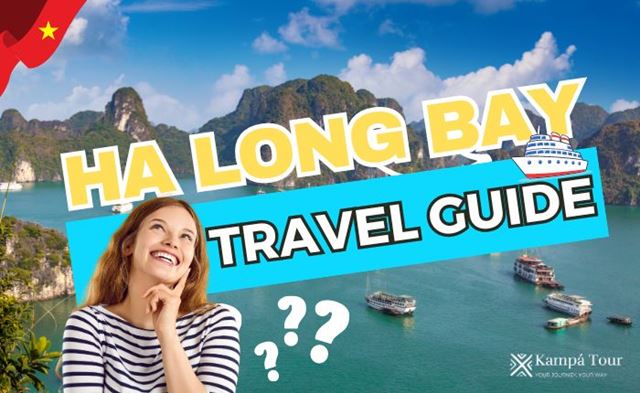
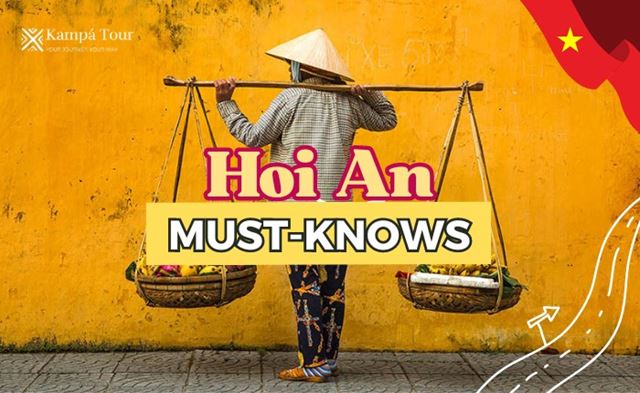
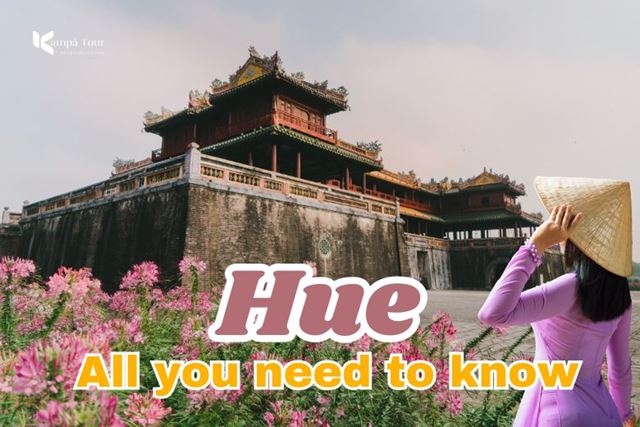
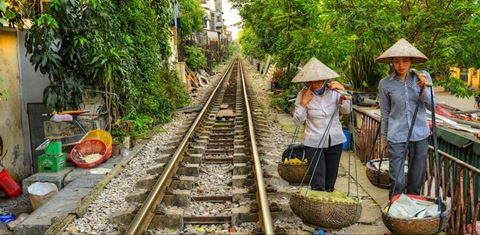 The Essentials
The Essentials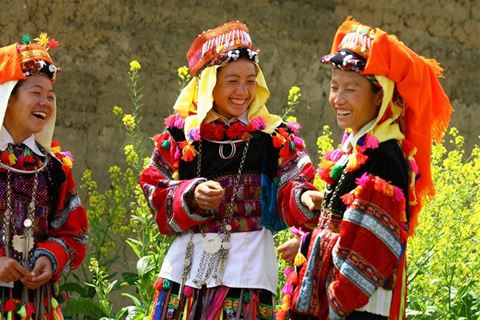 The Essentials
The Essentials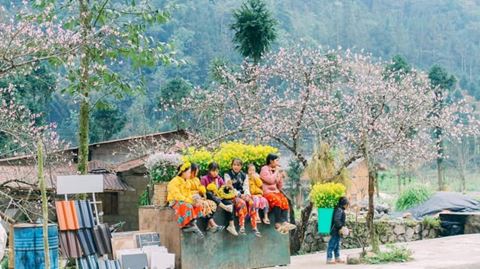 The must-sees
The must-sees The Essentials
The Essentials
Hello, regarding the boat ride, Tam Coc still feels more authentic, even if it might seem “too well-known” because it’s often recommended in French forums and guidebooks.
Trang An, on the other hand, is very popular among Vietnamese visitors, so you’ll often see local groups there taking photos in traditional or trendy outfits. It has more of a “theme park” vibe. The boats go through several caves and temples, which appeals to those looking for Instagram-worthy spots. It’s beautiful, but it can feel a bit less natural.
If you’re looking for a different experience from Van Long, Trang An indeed offers more variety, with temples, long caves, and a more structured route. But in terms of crowds, Van Long remains the most peaceful, almost deserted outside of weekends.
As for accommodation, feel free to check out the following article where I’ve listed a few charming and comfortable places to stay: Hotel Ninh Binh.